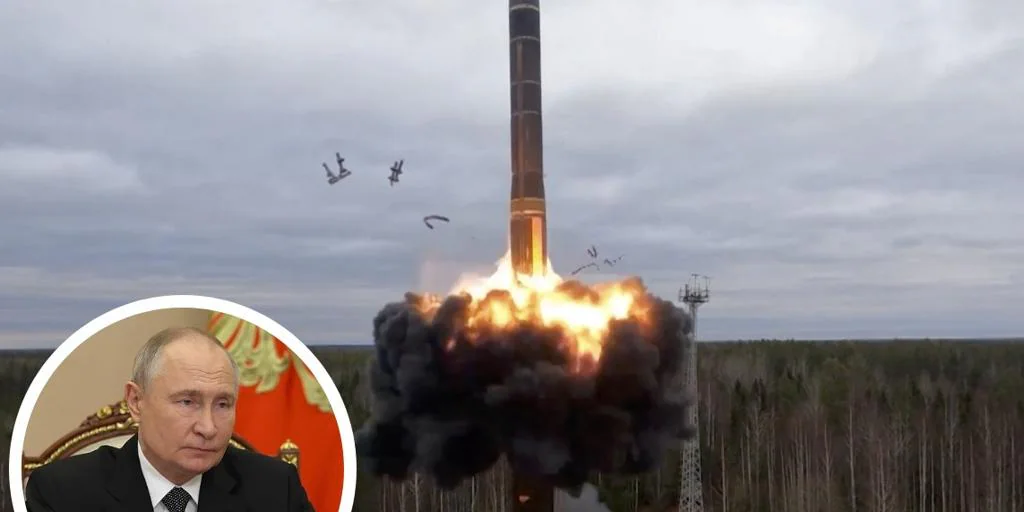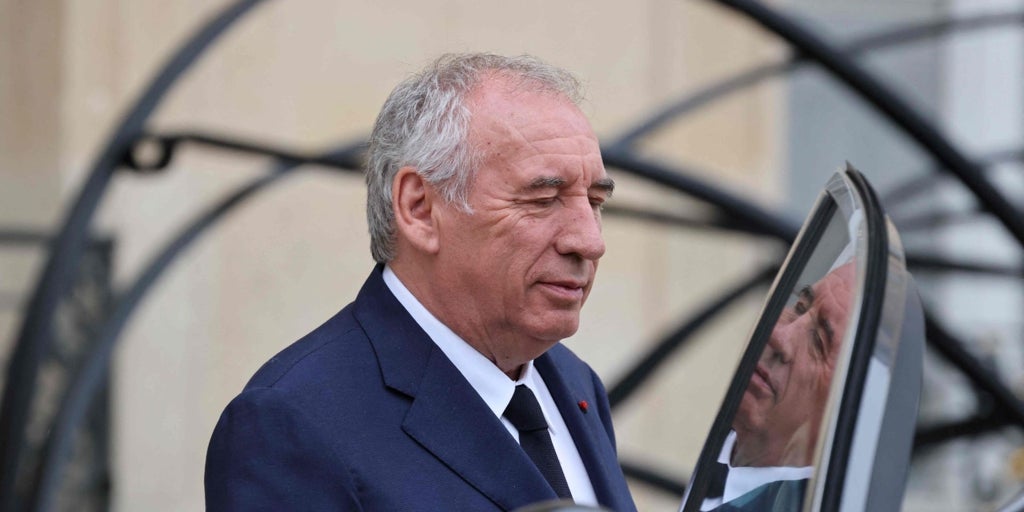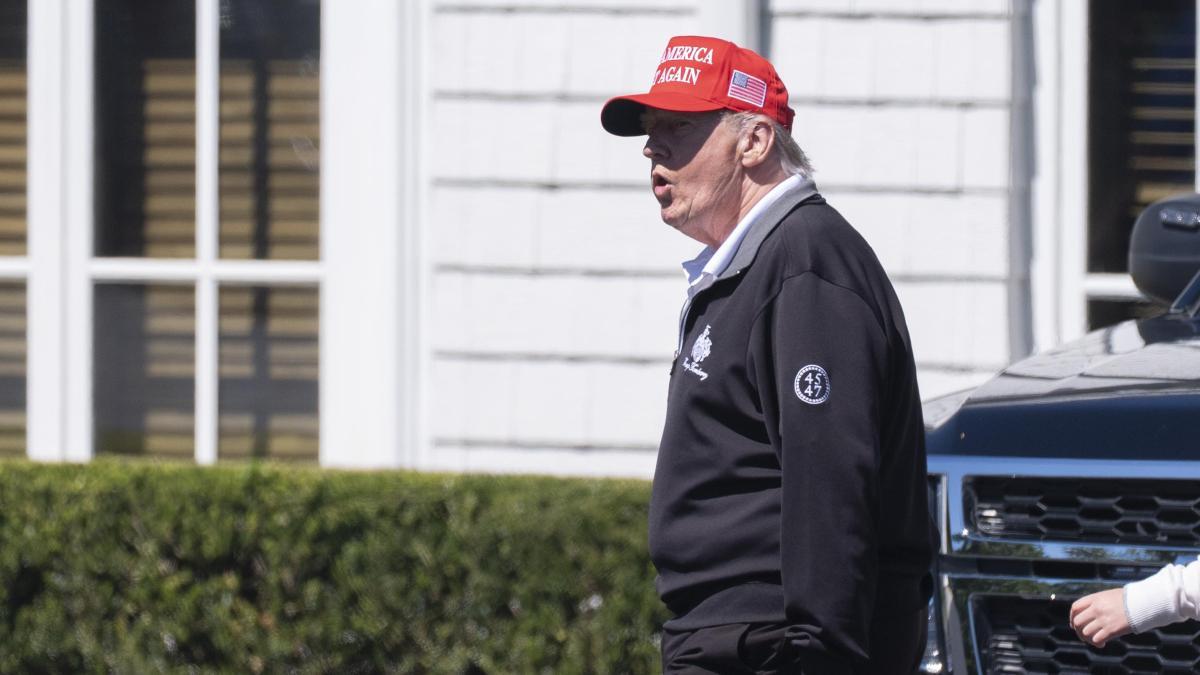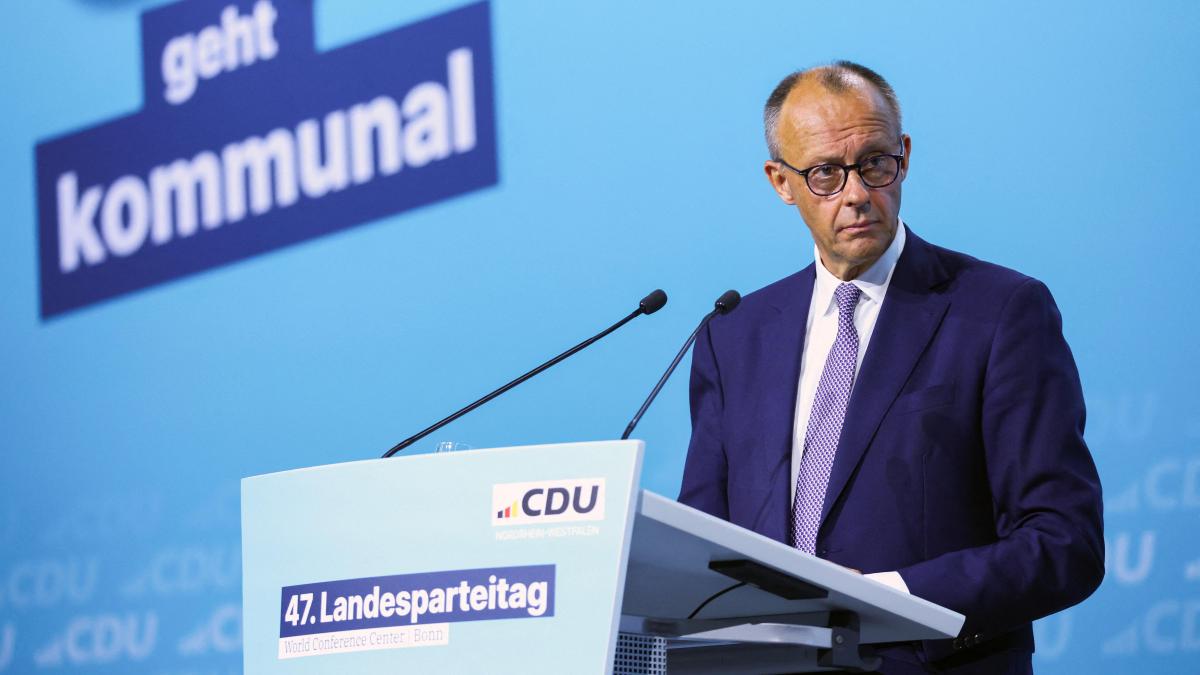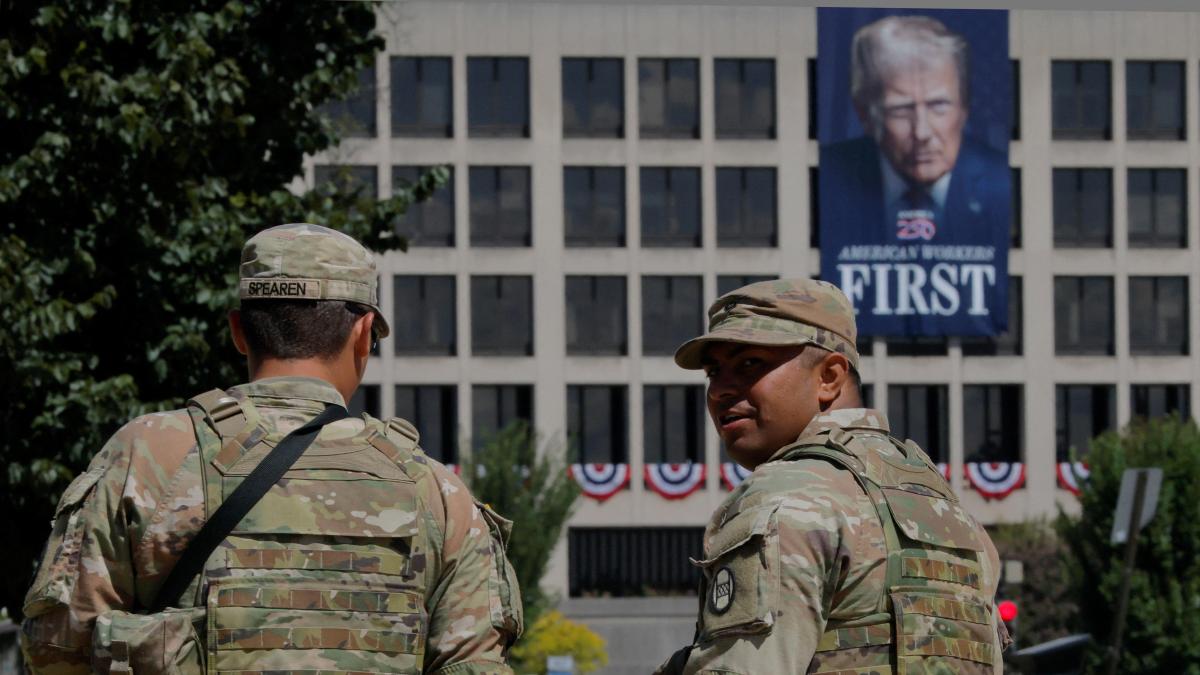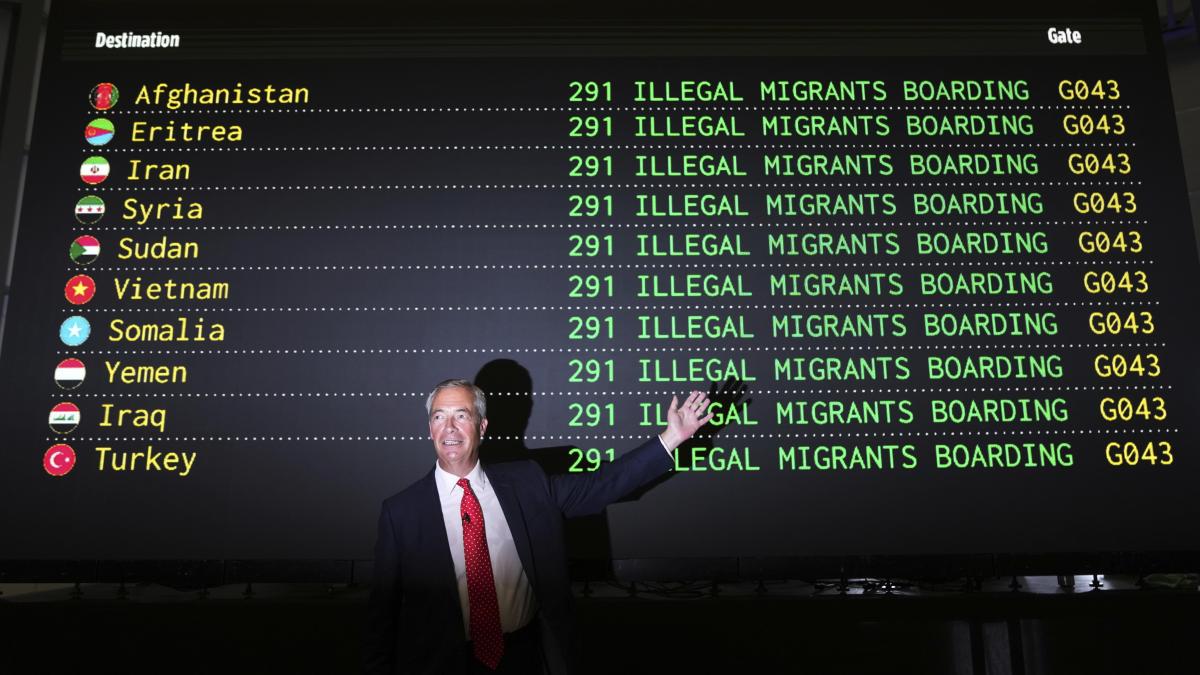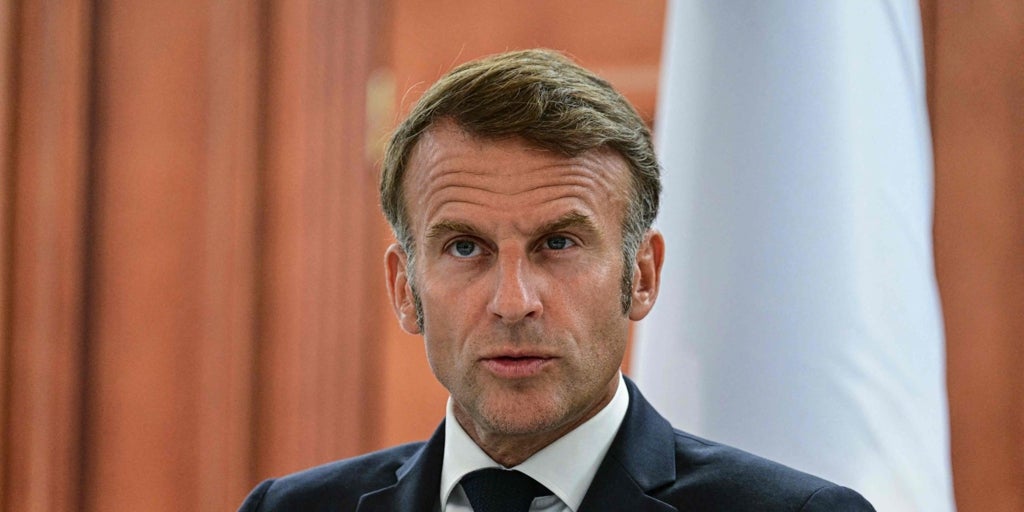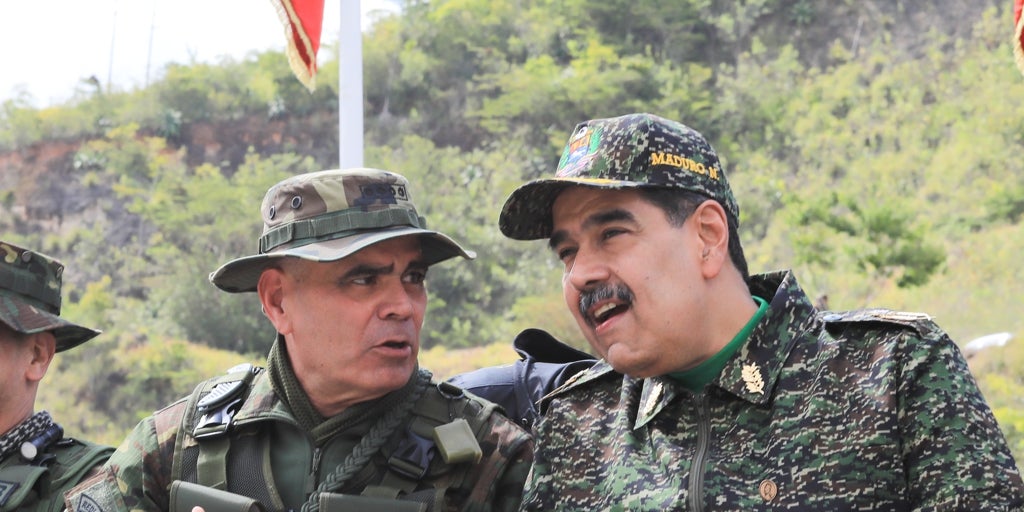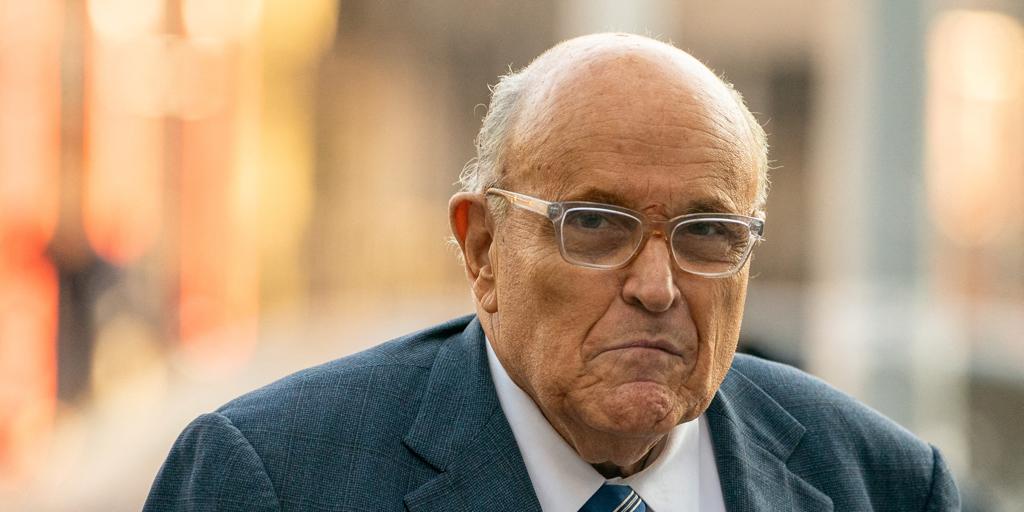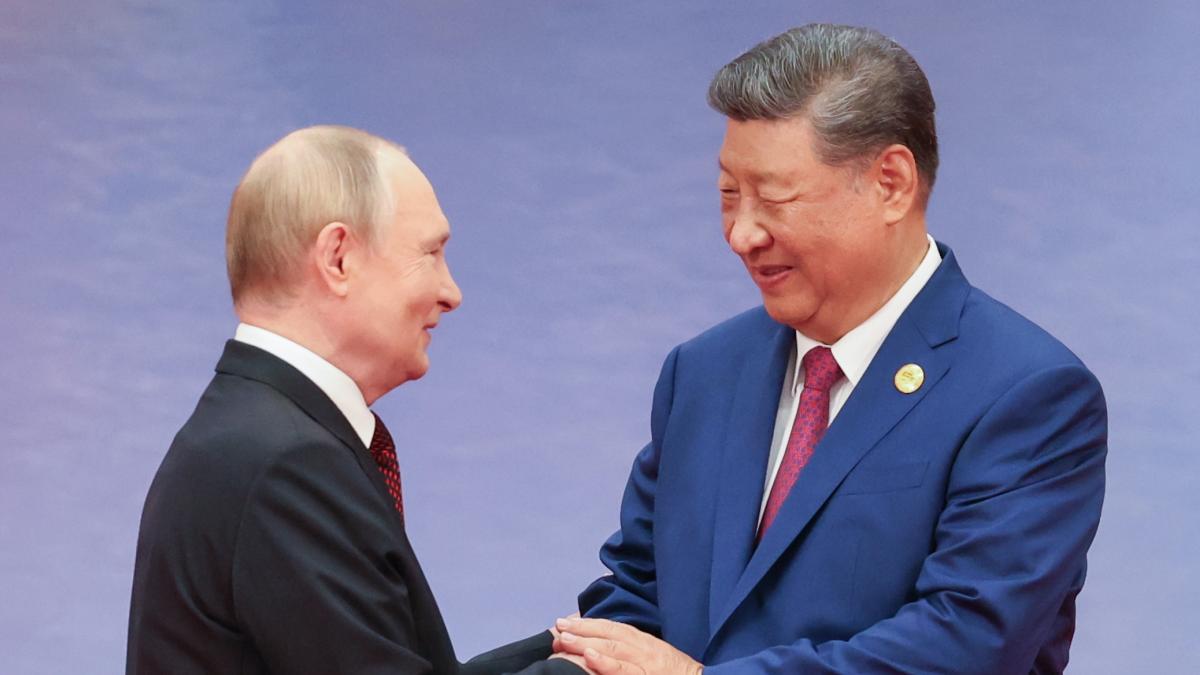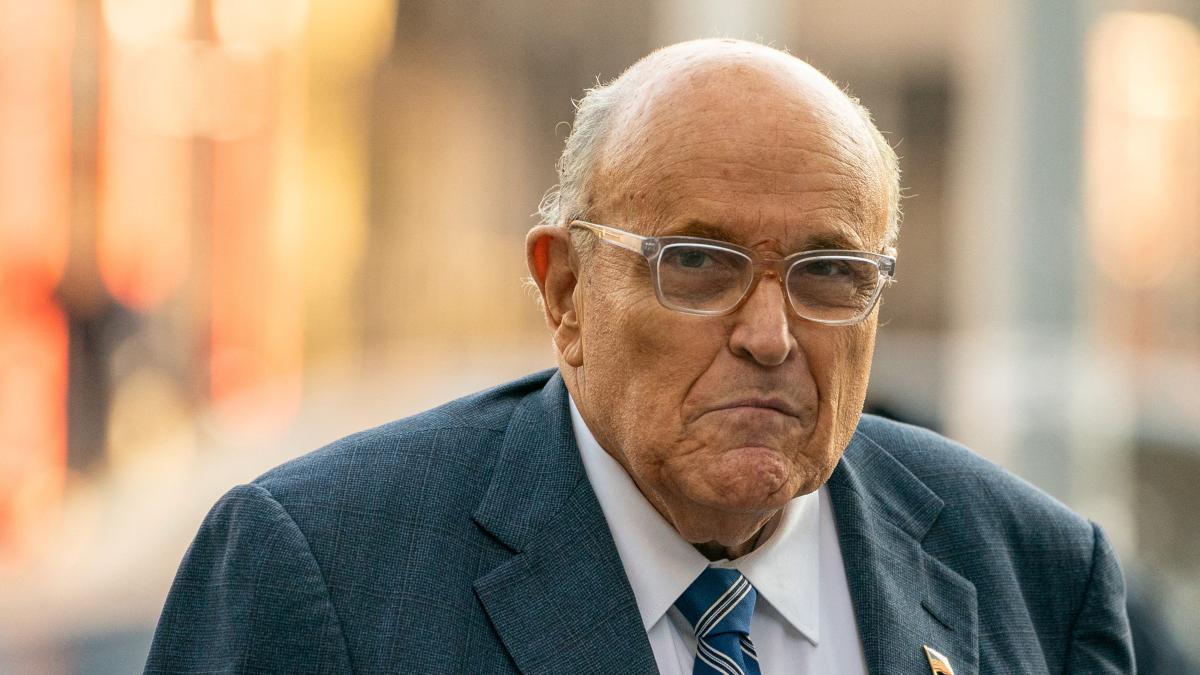The president of Russia, Vladimir Putin, has officially endorsed a groundbreaking new nuclear doctrine that redefines the conditions under which Russia may utilize its nuclear arsenal. This critical policy adjustment, developed over several months, is announced on a notably significant date: the 1,000-day mark since the onset of the invasion of Ukraine. The timing is not coincidental; just days prior, US media reported that President Joe Biden had sanctioned Ukraine to deploy ATACMS missiles with the capability to strike targets up to 300 kilometers into Russian territory.
«Critical Threats to Territorial Integrity»
The new nuclear doctrine reinforces the protective measures for Russia and its allies. While nuclear weapons are traditionally viewed as a deterrent option and a measure of last resort in conflicts, this revised doctrine stipulates that the Kremlin may indeed contemplate a nuclear strike should Russia or Belarus experience conventional attacks that pose a “critical threat to their sovereignty and territorial integrity.” This change diverges from the previous doctrine established in 2020, which allowed for nuclear responses only in retaliation against threats that jeopardized the existence of the state.
Moreover, the doctrine states that “aggression against the Russian Federation and/or its allies by any non-nuclear state, supported by a nuclear state, is deemed a joint attack.” This clause effectively broadens the scope of what constitutes a provocation sufficient to trigger a nuclear response, echoing the fears of many analysts that the doctrine characterizes a significant escalation in military posturing by Moscow.
In Response to Missiles, Aircraft, and Drones
This doctrine introduces a new caveat: a nuclear response could be triggered by assaults involving cruise missiles, aircraft, and drones that violate Russian airspace. This shift in policy is alarming, as it significantly lowers the threshold for potential nuclear engagement.
According to the Associated Press, one of the key principles underpinning Russia’s nuclear deterrence strategy is “the uncertainty surrounding the timing, scale, and location of possible nuclear deterrence utilization.” However, ambiguity reigns regarding whether such provocations might indeed provoke a nuclear retaliation.
For months, Russia has lodged dire warnings towards the West, asserting that authorizing Ukraine to employ long-range weapons—provided by either the United States or NATO—would effectively draw these alliances into the conflict.
International media highlight that, for the Kremlin, nuclear arsenal utilization remains a steadfast function of deterrence. This latest interpretation of nuclear engagement posits a clear message: Russia will respond brutally to any actions perceived as threats against its national security.
The recent authorization of ATACMS missiles by Biden for Ukraine also did not sit well within Russian political circles. In response to inquiries connecting the timing of the new doctrine to Biden’s announcement, Dmitry Peskov, a spokesperson for Putin’s government, emphasized that the doctrine was updated “in a timely manner” and was a necessary adjustment for the current geopolitical landscape as 2024 looms.

